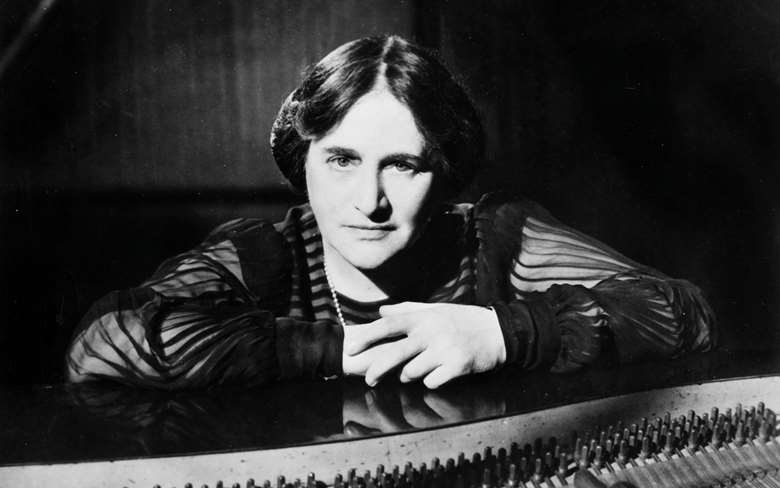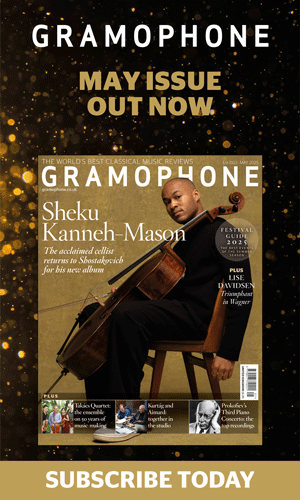Myra Hess: an introduction to the iconic pianist
Jeremy Nicholas
Tuesday, April 4, 2023
Jeremy Nicholas pays tribute to this British pianist who became a national treasure owing in part to her instigation and dedicated promotion of a wartime concert series in London

Register now to continue reading
Thanks for exploring the Gramophone website. Sign up for a free account today to enjoy the following benefits:
- Free access to 3 subscriber-only articles per month
- Unlimited access to our news, podcasts and awards pages
- Free weekly email newsletter
















